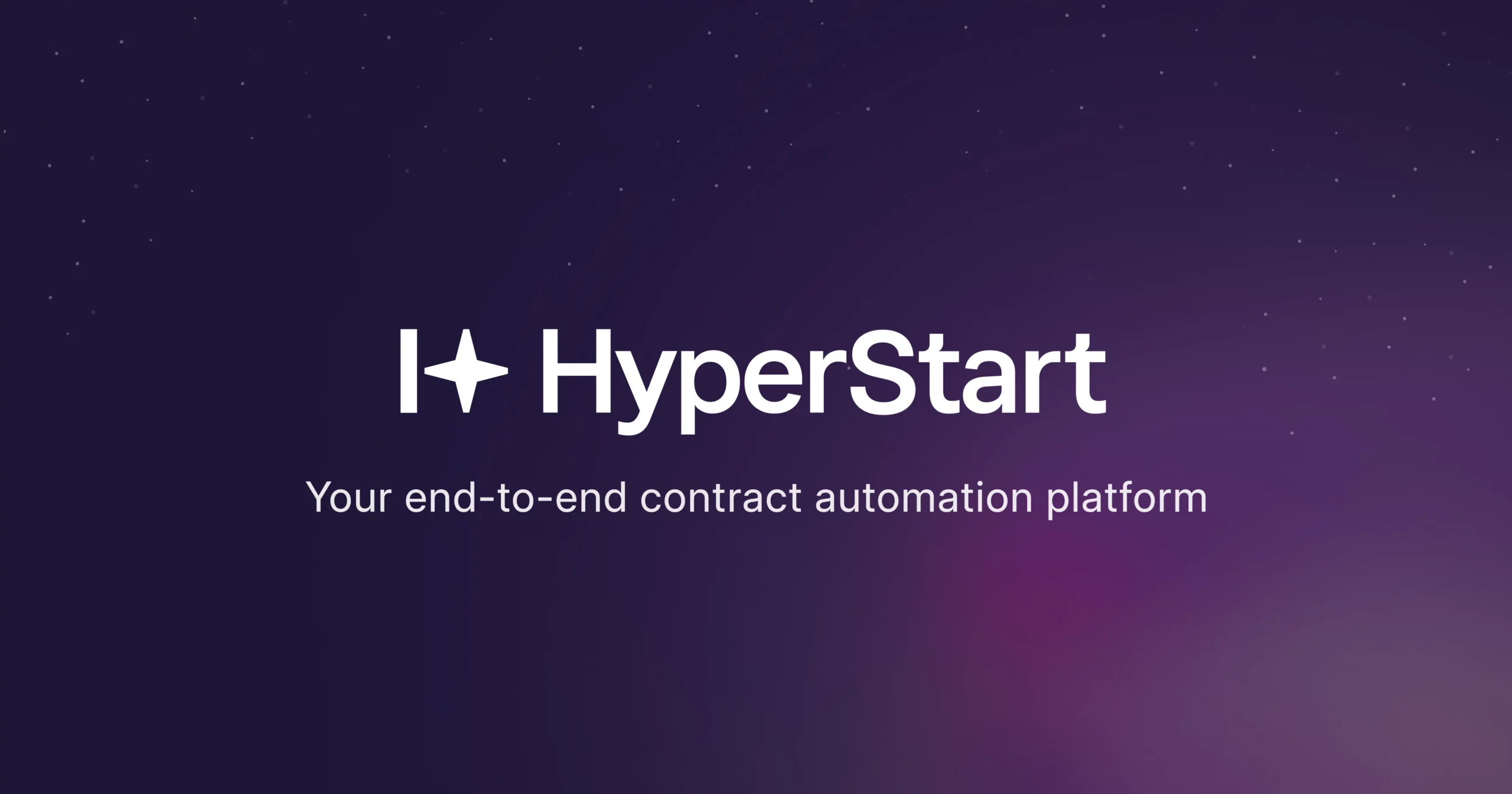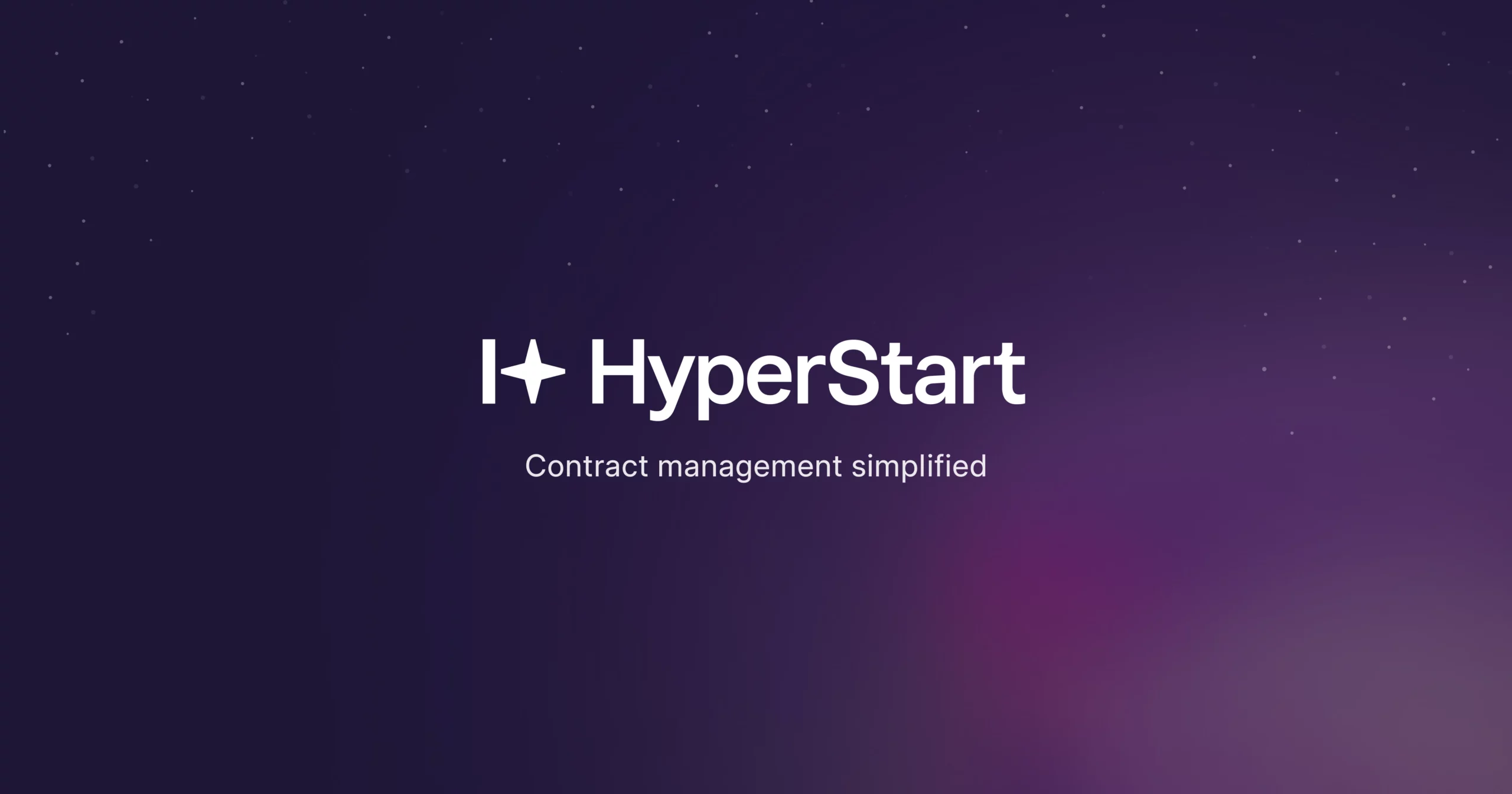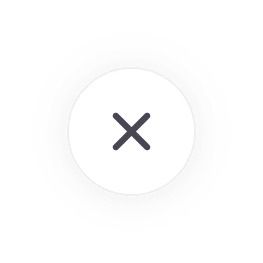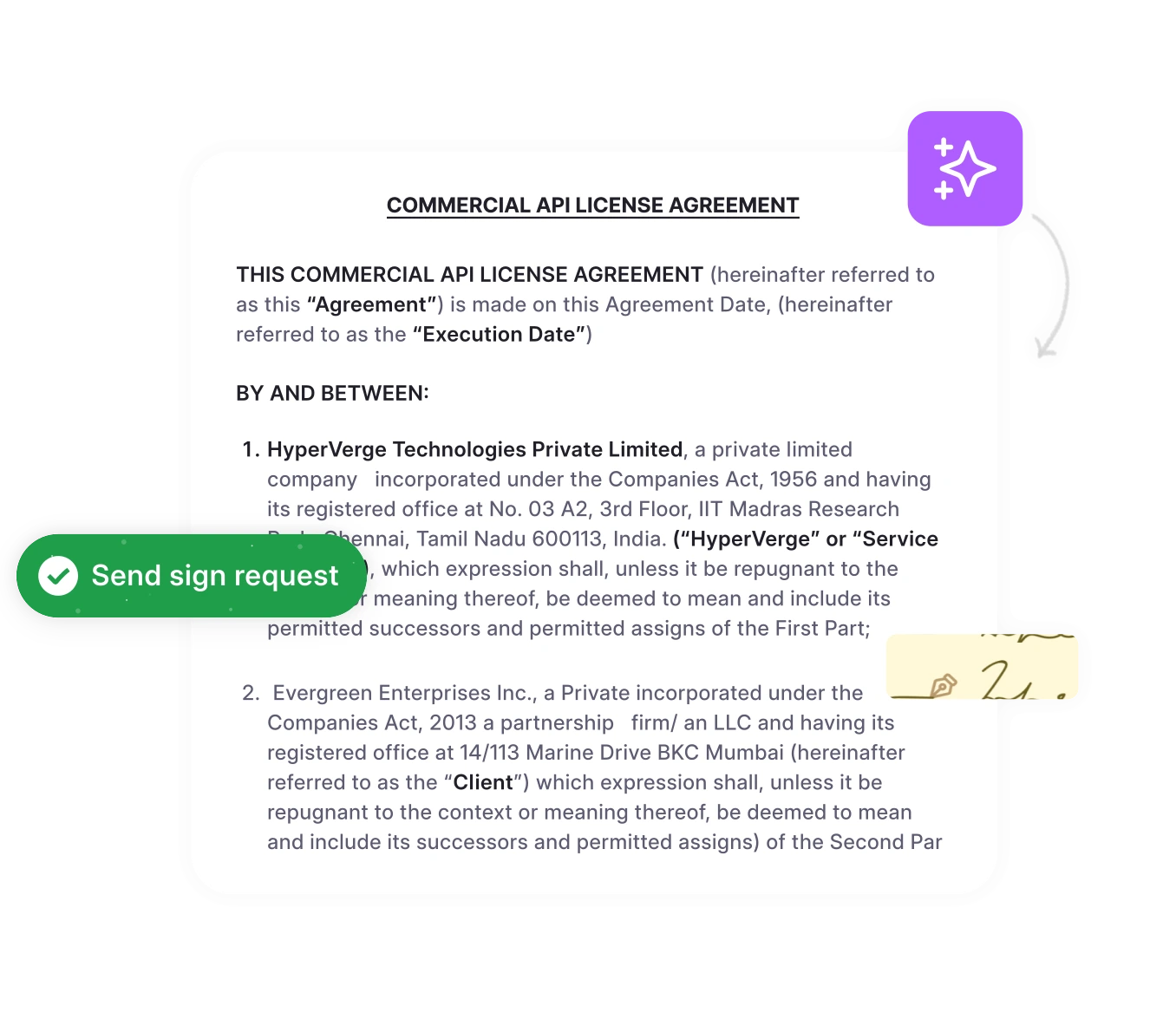Whether it’s a late-stage clinical trial or a CDMO agreement, one flawed contract can bring your operations to a grinding halt. In an industry where timelines are tight, compliance is non-negotiable, and margins are tied to approvals, every clause carries weight.
Legal and ops teams are orchestrating multi-million-dollar partnerships, ensuring regulatory alignment across regions, and protecting patient access to critical treatments. But traditional contract tools fall short in managing this level of complexity. From pharmaceutical contracting with global CROs to managing contract pharmaceutical manufacturing agreements, the stakes couldn’t be higher.
“At the present time, a single day of delay is worth approximately $800,000 in lost prescription drug or biologic sales.”
From global CRO collaborations and GMP-compliant manufacturing deals to high-stakes licensing agreements—pharma contracts demand specialized oversight, precision, and speed. Whether you’re implementing pharma CLM solutions or evaluating CLM pharma platforms, choosing the right pharmaceutical lifecycle management approach is critical.
In this guide, you’ll learn:
- What makes pharmaceutical contracts different from commercial ones
- Common pitfalls and challenges legal teams face
- Why leading pharma companies are switching to AI-powered CLM software
What is pharma contract management?
Pharma contract management is the specialized process of creating, negotiating, executing, and monitoring all the contracts that keep pharmaceutical companies running. From managing pharmaceutical lifecycle management agreements to coordinating with contract sales organizations pharmaceutical networks, every aspect requires precision.
Unlike other industries, pharmaceutical contract management operates under strict regulatory frameworks, including FDA, EMA, HIPAA, and GxP compliance requirements. Every contract pharmaceutical agreement must meet these standards, and the stakes for getting it wrong are incredibly high.
One contract error in a clinical trial agreement could compromise patient safety. A mistake in a manufacturing contract could affect the global drug supply. An IP licensing oversight could cost billions in lost exclusivity rights.
That’s why pharma companies need contract management solutions built specifically for their unique challenges—or adaptable platforms that can be configured to meet these specialized requirements. Whether it’s pharmaceutical contracting with global partners or managing pharma contract sales agreements, the right CLM pharma solution makes all the difference.
How are pharmaceutical contracts different from regular business agreements?
If you’ve worked with contracts in other industries, you might wonder what makes pharmaceutical contracting so special. Here are the key differences:
Track obligations with zero guesswork
Never miss a payment, renewal, or regulatory filing. HyperStart’s AI keeps you ahead of every deadline.
Book a Demo- Regulatory intensity rises. Every contract must comply with FDA compliance standards, EU GxP guidelines, HIPAA data protection standards, and country-specific pharmaceutical regulations. Non-compliance can result in product recalls, market withdrawals, and penalties in the hundreds of millions.
- Patient safety is always on the line. Contract errors in clinical trials or manufacturing don’t just create business problems. They directly impact patient safety, making precision and compliance absolutely non-negotiable.
- Intellectual property complexity. With pharmaceutical patents worth billions, contract clauses protecting IP, licensing agreements, and territory exclusivity require specialized legal expertise and meticulous management.
- Multiple stakeholders everywhere. Pharmaceutical contracts often involve complex networks including clinical research organizations(CROs), CMOs, investigators, regulatory bodies, and global distributors. Coordinating all these parties requires sophisticated contract collaboration tools.
What types of contracts do pharma companies manage every day?
The pharmaceutical contract lifecycle is vast and varied, with each type requiring specialized workflows and compliance considerations:
Clinical development contracts
- Confidentiality Disclosure Agreements(CDAs) for protecting research data and proprietary information
- Clinical Trial Agreements(CTAs) with investigator sites, ethics committees, and patient advocacy groups
- Contract Research Organization(CRO) agreements for outsourced research, including master service agreements and statement of work documents
- Site management contracts covering hundreds of investigator sites across multiple countries
Manufacturing and supply contracts
- Manufacturing Service Agreements(MSAs) for API and finished dose production
- Good Manufacturing Practice(GMP) compliance contracts with detailed quality specifications
- Distribution and supply chain agreements for global networks and cold chain logistics
- Contract Manufacturing Organization(CMO) agreements with specialized facilities
Commercial contracts
- Pharmacy Benefit Manager(PBM) contracts for formulary placement and rebate management
- Payer contract management for health plan negotiations and value-based care arrangements
- Licensing and co-development agreements for IP management and contract milestones tracking
- Marketing and promotional service contracts for commercial partnerships
- Sales agreements with hospitals, GPOs, and pharmacy chains, including volume commitments and price protection terms
Regulatory and compliance contracts
- Regulatory consulting agreements for submission support
- Quality agreements defining responsibilities between parties
- Data sharing agreements for clinical and commercial data
- Electronic signatures compliance documentation for FDA compliance
Each type comes with its own regulatory requirements and operational challenges, which is why specialized pharma CLM solutions—or highly configurable CLM pharma platforms—are essential for pharmaceutical lifecycle management success. From managing contract pharmaceutical manufacturing to coordinating pharma contract sales networks, the complexity demands sophisticated management tools.
A leading global healthcare and pharmaceutical services provider faced major inefficiencies after multiple acquisitions left them with over 125,000 contracts dispersed across different legacy systems. This created significant challenges in ensuring compliance, managing renewals, and maintaining audit readiness. To streamline operations, the company migrated its entire contract portfolio to a centralized digital platform through contract integration with existing systems.
The transformation delivered 100% contract visibility into contractual obligations, eliminated duplicates, and enabled accurate contract renewal management and expiration date tracking.
—US health services giant enables 100% visibility into contracts
What are the challenges in pharma contracting today?
Here are the main pain points most organizations face and how modern pharmaceutical CLM solutions solve them. From pharmaceutical contracting complexity to lifecycle management pharma challenges, these issues impact every aspect of drug development and commercialization:
Challenge 1: Global regulatory compliance chaos
Managing contracts across multiple regulatory jurisdictions is incredibly complex. A single global clinical trial might need to comply with FDA, EMA, Health Canada, PMDA, and dozens of other regulatory bodies—each with different requirements.
You are trying to track whether your contracts meet 27 different EU member state requirements while simultaneously ensuring FDA compliance and accommodating local regulations in Asia-Pacific markets. One missing clause or incorrect term could derail an entire program.
The solution: Modern CLM platforms include built-in regulatory compliance frameworks with:
- Pre-approved contract templates for each jurisdiction
- Automated workflows for compliance checking against current regulations
- Multi-jurisdictional clause libraries that adapt to local requirements
This means you can create compliant contracts faster while reducing the risk of regulatory violations that could cost millions.
Challenge 2: Coordinating multiple parties (without losing your mind)
Pharmaceutical contracts routinely involve complex stakeholder networks. Clinical research organizations often subcontract to specialized vendors, creating multi-tiered relationships that need careful coordination.You might have a CRO managing 50 investigator sites across 12 countries, each with their own institutional requirements, similar to the complexity found in provider contracting networks, while coordinating with ethics committees, regulatory bodies, and specialty vendors.
“The volume of clinical data being collected from numerous and disparate data sources has grown dramatically in response to the rising scope and complexity of clinical trial protocols”
The solution: CLM platforms provide centralized stakeholder management with:
- Automated workflow routing to the right people at the right time
- Real-time visibility into approval status across all parties
- Integrated communication tools that keep everyone in the loop
- Performance tracking for each stakeholder in the network
This eliminates the endless email chains and reduces contract coordination time by 60-70%.
Challenge 3: Extended contract lifecycles that span months
Unlike most business agreements, pharmaceutical contracts often span multiple years—and carry complex, interdependent milestones.
Contracting delays remain a persistent issue. Research from the Clinical and Translational Science Awards (CTSA) program confirms that “average contract negotiation duration of > 100 days for industry-sponsored or investigator-initiated contracts” creates enormous costs to sponsors and patients waiting for new evidence-based treatments.
These drawn-out timelines prevent critical treatments from reaching the market on time.
Pharma contracts must also accommodate:
- Progression through various clinical trial phases
- Regulatory submission and approval contingencies
- Patent lifecycle management and exclusivity timelines
A single licensing agreement might include milestones for Phase I completion, Phase II enrollment targets, NDA submissions, and commercial launch metrics—often stretched across 5 to 10 years.
The solution: Advanced CLM systems offer sophisticated lifecycle management, including:
- Automated milestone tracking with proactive alerts
- Conditional clause activation based on achieved milestones
- Integration with project management systems for real-time updates
- Predictive analytics to identify potential timeline risks
This ensures nothing falls through the cracks and helps you stay ahead of critical deadlines.
Challenge 4: Protecting sensitive data in a connected world
Pharmaceutical contracts contain highly sensitive information including patient data, clinical trial results, and competitive intelligence. This requires specialized security measures and access controls.
One data breach could expose proprietary research worth billions, violate HIPAA regulations, or compromise competitive positioning. Traditional contract management tools simply aren’t built for this level of security.
The solution: Pharmaceutical-grade CLM platforms provide enterprise security including:
- Role-based access controls that limit who sees what information
- End-to-end encryption for data in transit and at rest
- Comprehensive audit trails for compliance documentation
- HIPAA-compliant data handling with automatic privacy impact assessments
This gives you the security you need without slowing down your contract processes, especially critical when using healthcare contract management software for HIPAA-compliant contracts.
AI That Understands Pharma Contracts
From IP clauses to licensing terms and SLAs, HyperStart’s AI reads between the lines—so you don’t have to.
Book a DemoWhat best practices help streamline pharma contract management?
Leading pharmaceutical companies follow these proven best practices to streamline their contract management processes:
1. Centralize contract storage
Maintain all contracts in a single, secure, cloud-based repository that ensures easy access, better organization, and enhanced security. Centralization facilitates regulatory compliance by making contracts readily available for audits and inspections.
2. Implement standardized templates and clauses
Use standardized contract templates that comply with company policies and industry regulations. This reduces errors, ensures consistency, and accelerates the review process while maintaining regulatory compliance.
3. Automate workflows and approvals
Implement automated contract workflows that move agreements smoothly through creation, review, and approval stages. Automation enforces compliance by ensuring all necessary approvals are obtained and reduces cycle times.
4. Monitor contract performance and compliance
Establish key performance indicators (KPIs) and use contract management software to track metrics like cycle times, approval rates, and contract value realization. Regular monitoring helps identify issues early and enables data-driven optimization.
5. Ensure robust data security
Implement advanced security features, including encryption, access controls, and automatic audit trails. These measures protect confidential information and ensure compliance with data protection regulations like HIPAA and GDPR.
6. Conduct regular audits and reviews
Perform periodic audits of contract management processes and systems to maintain efficiency and compliance. Regular reviews help identify improvement areas and keep practices aligned with evolving regulatory requirements.
7. Foster cross-functional collaboration
Establish clear communication channels between Legal, Procurement, Finance, Clinical Operations, and Compliance teams. Effective collaboration ensures all stakeholders are involved throughout the contract lifecycle.
8. Invest in contract management training
Provide regular training for employees involved in contract management to keep them updated on best practices, regulatory changes, and new software features. Well-trained teams are better positioned to manage contracts effectively and minimize risk.
What benefits does a CLM platform bring to pharma teams?
Investing in the right pharmaceutical clinical management (pharma CLM) platform delivers measurable returns across multiple areas. Whether you’re implementing CLM pharma solutions for pharmaceutical lifecycle management or optimizing contract pharmaceutical operations, here’s what you can expect:
1. Faster contract processing (and happier teams)
Modern CLM platforms reduce contract cycle times through automation and workflow optimization. Pre-approved templates reduce drafting time by 60-80%, while automated workflows eliminate manual coordination delays.
What this means for you:
- Clinical trials start weeks or months earlier, accelerating time-to-market
- Legal teams focus on high-value strategic work instead of administrative tasks
- Business teams get the contracts they need without endless back-and-forth
- Vendors and partners experience smoother onboarding and faster deal closure
2. Better regulatory compliance (sleep better at night)
CLM platforms provide comprehensive compliance frameworks with automated compliance checking, comprehensive audit trails, and regulatory change monitoring. This prevents violations that could result in FDA enforcement actions.
What this means for you:
- Instant audit readiness with complete documentation at your fingertips
- Automatic alerts when regulations change that might affect your contracts
- Built-in safeguards that prevent non-compliant contract terms from being used
- Reduced anxiety during regulatory inspections because everything is documented
3. Reduced risk (stop fighting fires)
Advanced CLM platforms provide predictive risk analytics, automated obligation tracking, and real-time performance monitoring. This enables proactive management and issue resolution.
What this means for you:
- Early warning systems for contract obligations that might be missed
- Vendor performance tracking that identifies issues before they become problems
- Risk scoring that helps you prioritize which contracts need attention
- Automated reminders for renewals, payments, and milestone deadlines
4. Enhanced visibility and control (finally know what’s happening)
Modern CLM platforms provide unprecedented visibility into your contract portfolio with real-time dashboards and analytics.
What this means for you:
- Executive dashboards showing contract performance across the entire organization
- Instant answers to questions like “Which contracts expire next quarter?” or “What’s our total exposure with this vendor?”
- Trend analysis that helps you negotiate better terms over time
- Portfolio optimization opportunities you never knew existed
This visibility alone often pays for the CLM investment by identifying cost savings and risk mitigation opportunities that were previously invisible.
Automate clinical trial agreements
Launch trials faster with pre-approved templates, built-in compliance checks, and automated milestone tracking.
Book a DemoHow do you successfully implement a CLM system in the pharmaceutical industry?
Phase 1: Assessment and planning
- Audit current contract management processes
- Identify key stakeholders and requirements
- Define success metrics and KPIs
- Select the implementation team
Phase 2: System setup and configuration
- Configure regulatory compliance frameworks
- Set up templates libraries
- Create automated workflows
- Establish user access controls
Phase 3: Data migration and testing
- Migrate existing contracts to new system
- Test workflows and integrations
- Conduct user acceptance testing
- Prepare training materials
Phase 4: Training and rollout
- Train users on new system
- Execute phased rollout by department
- Monitor adoption and provide support
- Gather feedback and optimize
Phase 5: Optimization and scaling
- Analyze performance metrics
- Optimize workflows based on usage data
- Expand to additional contract types
- Continuous improvement initiatives
Why use HyperStart for pharma contract management?
When evaluating CLM platforms for pharmaceutical use, here are the must-have capabilities that separate pharma-ready solutions from generic contract management tools. Here’s how HyperStart addresses each critical requirement:
While not exclusively built for pharmaceuticals, HyperStart offers several advantages for pharma companies:
- Speed to Value: Unlike traditional CLM implementations that take months, HyperStart can be operational in days, providing immediate relief for contract bottlenecks.
- Cost Efficiency: Significantly lower total cost of ownership compared to specialized pharma platforms, making it accessible for biotech startups and growing companies.
- AI-Powered Intelligence: Advanced AI that can be trained on your specific pharma contract types, providing intelligent automation without the premium cost.
- Flexible Configuration: While not pharma-native, the platform’s flexibility allows for customization to meet specific regulatory and workflow requirements.
- Scalable Growth: As your company grows from startup to enterprise, HyperStart can scale with you, adding more sophisticated features as needed.
- International Capability: Unique eStamping feature for companies operating in markets like India, where digital stamping is required.
Keys to successful pharma CLM implementation
Successful pharmaceutical contracting transformation requires a clear definition of pain points like clinical trial delays and regulatory compliance gaps, while establishing ROI metrics for pharmaceutical lifecycle management improvements.
Get buy-in from pharmaceutical-specific teams including legal, regulatory affairs, and clinical operations, and define clear roles for managing different contract pharmaceutical types across pharma contract sales networks.
Start implementation with highest-impact agreements like clinical trial contracts or contract sales organizations, pharmaceutical partnerships, pilot with one therapeutic area, then scale gradually.
Ongoing success depends on monitoring pharma-specific metrics, providing continuous regulatory training, and leveraging analytics to optimize CLM pharma performance across evolving pharmaceutical contracting requirements.
If you’re ready to see how the right CLM platform can transform your pharmaceutical contracting, it’s time to explore solutions built specifically for your industry’s unique challenges. Book a demo










